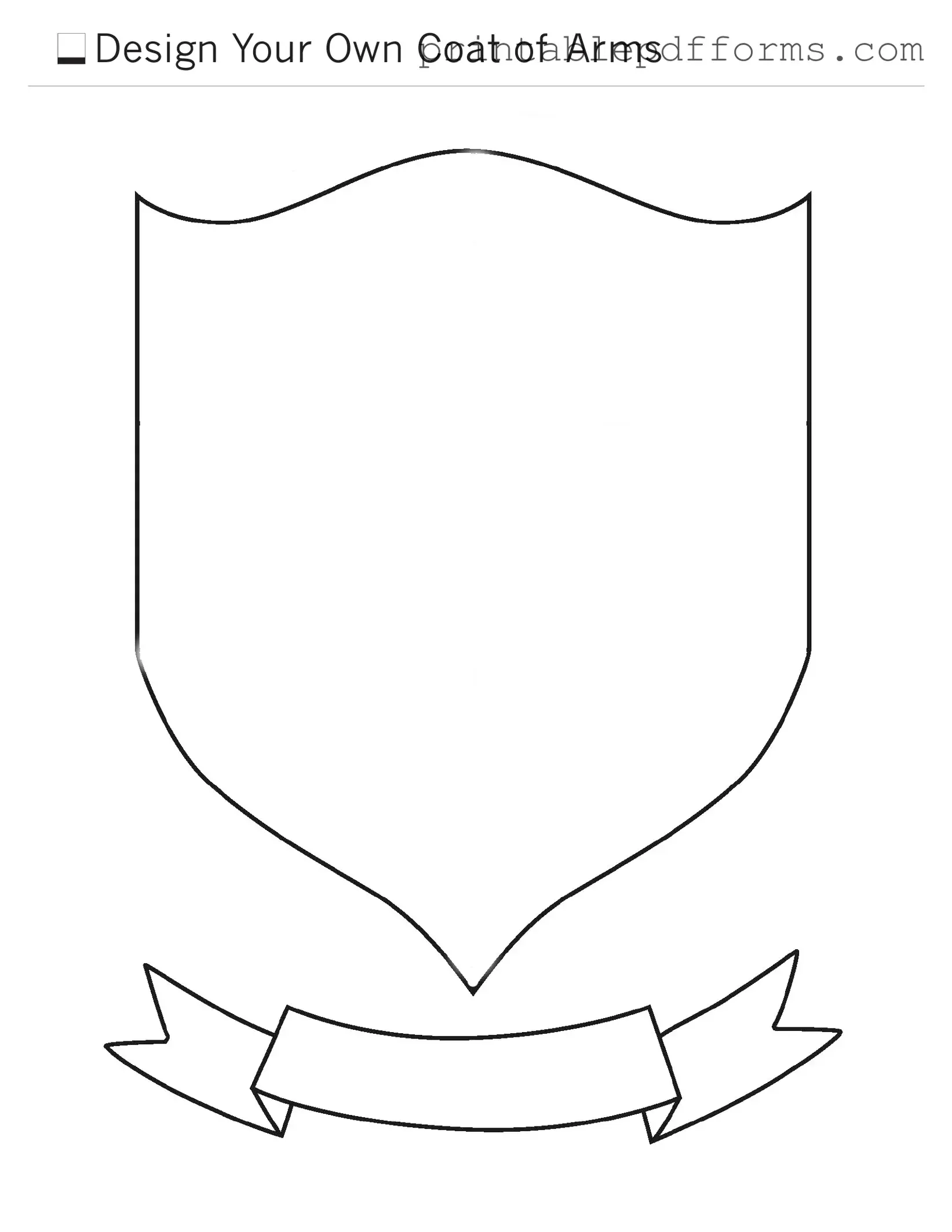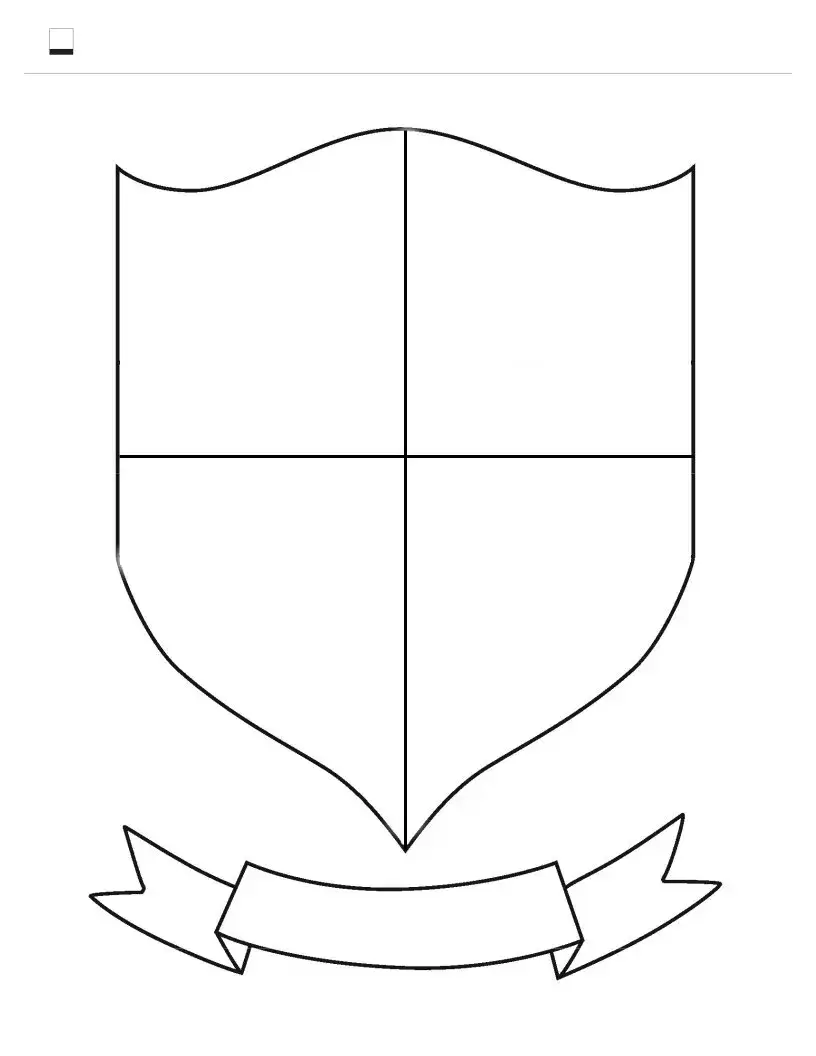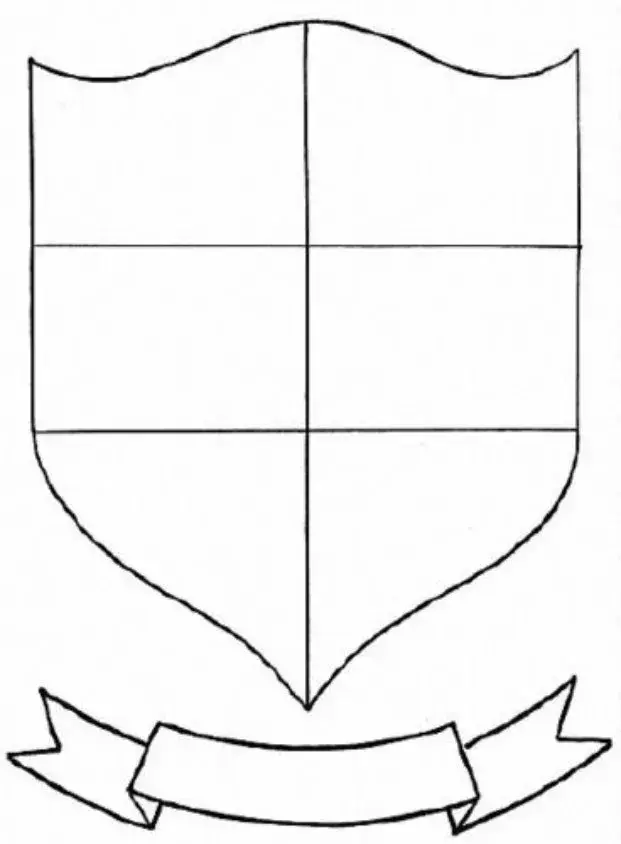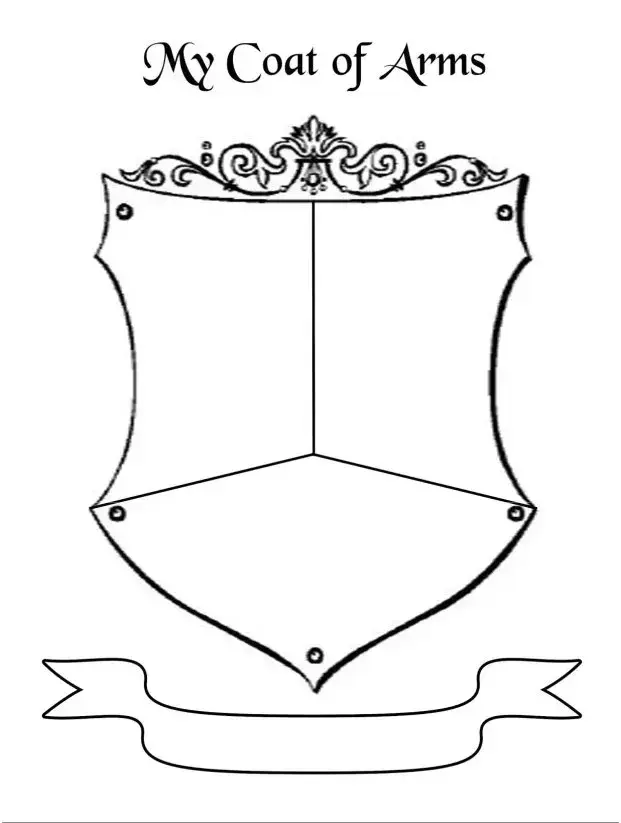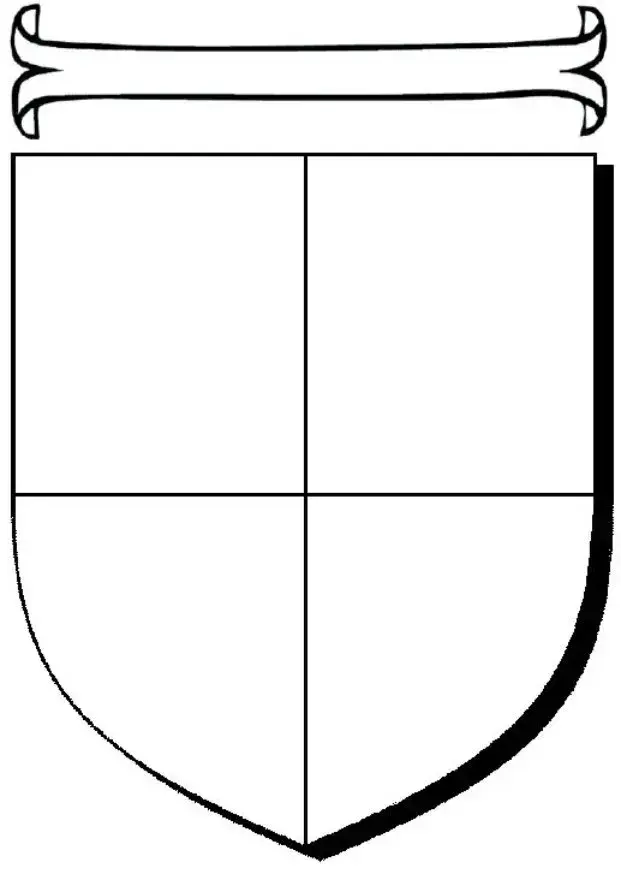The Coat Of Arms form is primarily used to apply for a coat of arms or to register one that you already own. This form serves as an official request to the appropriate heraldic authority, allowing individuals or organizations to claim their unique symbol, which represents their identity, heritage, or achievements. A coat of arms can be a meaningful addition to personal or family history, and it can be used on various items, such as stationery, clothing, or even family crests.
Who is eligible to apply for a coat of arms?
Eligibility to apply for a coat of arms can vary depending on the heraldic authority you are dealing with. Generally, individuals, families, or organizations with a significant connection to the region or country issuing the coat of arms can apply. Here are some common criteria:
-
Individuals with a documented lineage or heritage.
-
Families who can prove their historical significance or contributions.
-
Organizations, such as schools or clubs, that wish to establish a unique identity.
It’s always best to check the specific requirements set by the heraldic authority you are applying to for the most accurate information.
When completing the Coat Of Arms form, you will typically need to provide several key pieces of information, including:
-
Your full name and contact information.
-
A description of your lineage or the reason for your application.
-
Details about any existing coat of arms, if applicable.
-
Any symbolic elements you wish to include in your coat of arms.
-
Payment information for any associated fees.
Providing accurate and detailed information helps ensure that your application is processed smoothly and efficiently.
How long does the application process take?
The length of the application process can vary based on several factors, including the specific heraldic authority and the complexity of your request. Generally, you can expect the process to take anywhere from a few weeks to several months. Factors that may influence the timeline include:
-
The volume of applications being processed.
-
Any additional documentation or research required.
-
Potential requests for revisions or clarifications.
Staying in touch with the authority during the process can help you stay updated on your application’s status.
Can I make changes to my coat of arms after it has been approved?
Yes, it is possible to make changes to your coat of arms after it has been approved. However, this typically requires submitting a new application or amendment request to the heraldic authority. Depending on the nature of the changes, there may be additional fees or requirements involved. Common reasons for making changes include:
-
Updating symbols or colors to reflect new family achievements.
-
Correcting errors that were made in the original application.
-
Incorporating elements that have personal significance.
Before making any changes, it’s advisable to consult the heraldic authority to understand the proper procedure.
